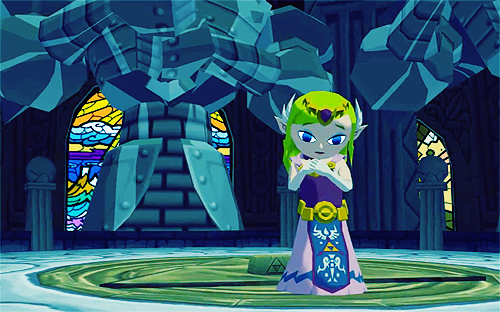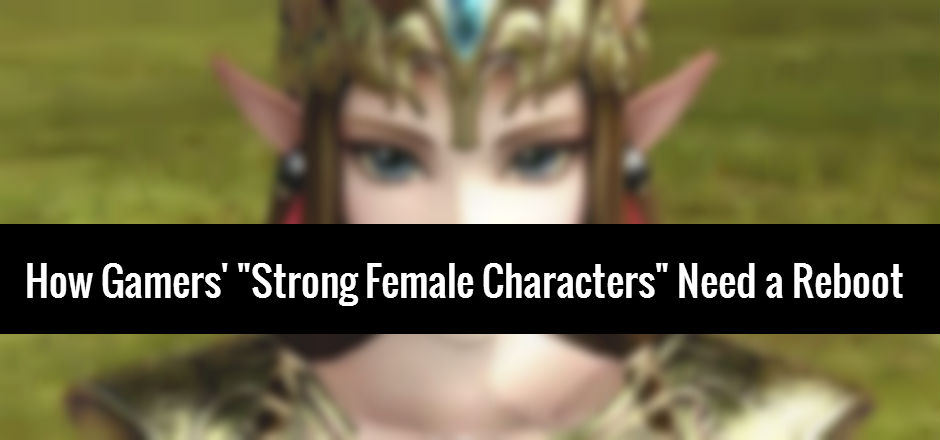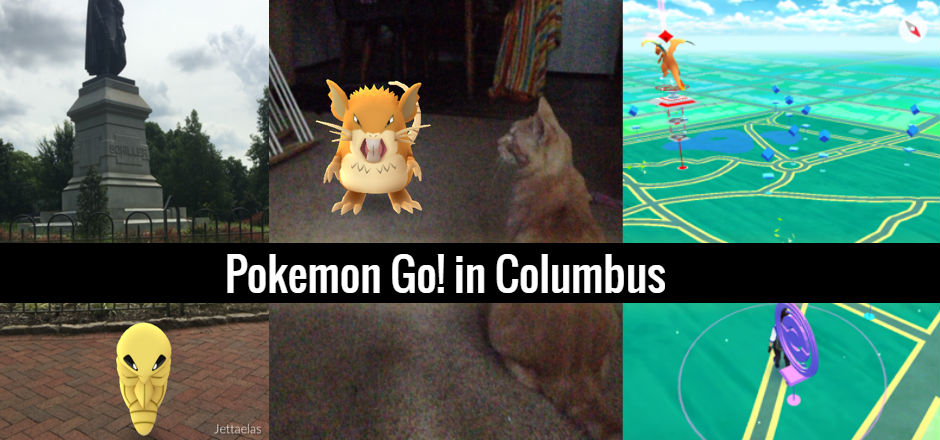*This article contains spoilers*
I’ve always been fascinated by the motivations of pirates. Historically, pirates ransack for selfish reasons, or simply for the thrill of it, their goals, more or less, one sided, and their motivations thinly veiled. Modern fictional pirates are breaking this cycle, interspersing morality with pirates’ duty, balancing the “should I?” with the promise of bounty.
And in all my gaming history, The Legend of Zelda takes the crown as my most beloved franchise throughout every generation of Nintendo console to date. The Legend of Zelda: Wind Waker blends personal morality with the pirates’ desire for wealth and power into a perfectly told story.
 Wind Waker takes place on a vast ocean between diverse island locations. We play as Link, a boy coming of age in a small village, taking on the traditional green “Hero” garb. But, as the game progresses, Wind Waker evolves into the story of Tetra. She’s not quite a princess or a damsel in distress and she doesn’t require a savior by any means. Before meeting Tetra, I never gave much thought to princesses, or how they got to be that way. Could a pirate become a princess? And if a pirate could become a princess, would she want to?
Wind Waker takes place on a vast ocean between diverse island locations. We play as Link, a boy coming of age in a small village, taking on the traditional green “Hero” garb. But, as the game progresses, Wind Waker evolves into the story of Tetra. She’s not quite a princess or a damsel in distress and she doesn’t require a savior by any means. Before meeting Tetra, I never gave much thought to princesses, or how they got to be that way. Could a pirate become a princess? And if a pirate could become a princess, would she want to?
We meet Tetra, a small neon yellow-haired girl with long pointy ears, as she’s carried off by a giant bird. Link quickly chases after, to the place where the bird dropped her, but Tetra is not your typical damsel in distress.
When Link finds her, she dusts herself off and comments on his funny green suit, which is customary for boys of his age in line with legend of an ancient savior. She runs into the forest and announces vengeance after the giant bird, while her bumbling henchman scurries after. Tetra grabs Link’s hand as he foolishly jumps off the cliff after his own sister is mistakenly abducted by the giant bird. Link wants to come along with Tetra and her crew on their enormous pirate ship, but Tetra insists that she is a pirate and not in the business of helping little kids find one another.
Being a princess isn’t all it’s cracked up to be. For a free spirit like Tetra, being locked up on castle grounds instead of exploring the corners of the sea with her crew would be a major downer. This is a representation of societal pressures, wearing that other third of the Triforce as a thick weight around her neck, bringing sure wisdom to the equation, along with power and courage, as we’ve seen by Ganondorf’s inexhaustible resources, and Link’s recklessness while trying to save his sister. These are nothing without the Wisdom that Tetra’s piece of the Triforce provides. Tetra dreams of oceans upon oceans, extending out to all horizons, with no clear course except for the direction of the wind.
The King of Red Lions reveals the Tetra is actually fated to be the Princess Zelda of ancient Hyrule, a land now submerged beneath the vast ocean world. The expression on Tetra’s face expresses her sense of duty, but also disappointment. The King explains that in order to keep her safe from Ganondorf, she must be sealed away in a sacred chamber beneath the ocean. Once Ganondorf is defeated, the King of Red Lions admits he selfishly wanted to restore rule to his ancient kingdom and that his desire was no different than Ganondorf’s. He gives in and wants Link and Tetra not to be bound by his past reality, but to move into their own futures with the only world they have left, the one of the ocean surface and the island residents. The king wants them to go back to their ocean, their own reality.
Tetra enlivens and she and Link ride bubbles back to the surface. She rejoins her crew and takes command of her great ship. Her expression tells us she’s never been more found. She thrives in her own world where she isn’t a princess and doesn’t have to be.
Alan Beyersdorf is a staff writer at Girls in Capes and holds degrees in creative writing and psychology from the University of Toledo. His first chapbook, Degrees of Distance, was completed in 2012. Alan’s post Hopelessly Super-Male was Freshly Pressed January 27, 2013.


![[GUEST] Is League of Legends Unwelcoming to Women?](https://girlsincapes.com/wp-content/uploads/2015/01/lol-dragon.jpg)
![[Guest] Why Stories are Becoming Increasingly Important in Video Games](https://girlsincapes.com/wp-content/uploads/2016/09/isa-internalimage.jpg)


